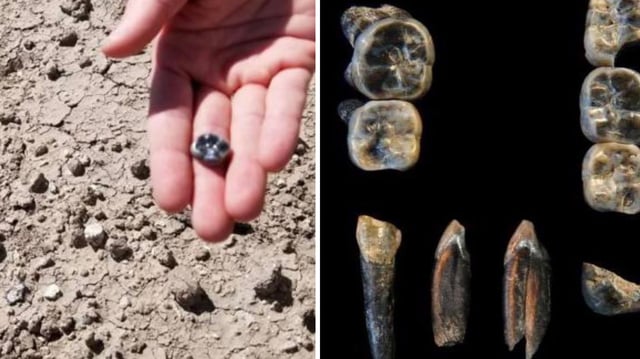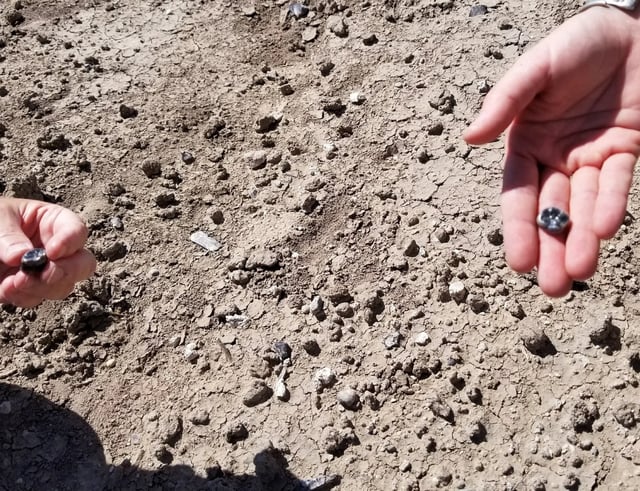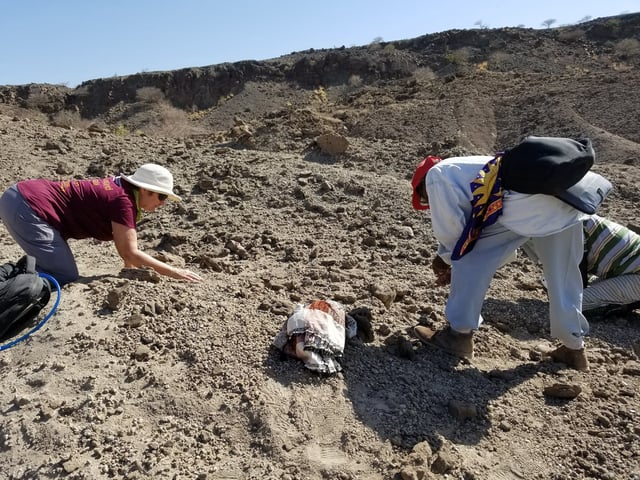Overview
- Researchers uncovered 13 fossil teeth at Ledi-Geraru in Ethiopia that the team assigns to early Homo and a previously unrecognized Australopithecus lineage.
- Radiometric dating of feldspar in volcanic ash brackets the teeth between roughly 2.79 and 2.59 million years ago, situating them in a pivotal interval for human origins.
- The team reported the Australopithecus specimens in Nature on Aug. 13, 2025 and withheld formal naming until more fossils beyond isolated teeth become available.
- Independent experts note that the sample’s small size and 200,000-year span make claims of contemporaneous coexistence and distinct species status provisional.
- Ongoing efforts include enamel chemistry studies to probe dietary and ecological overlap and continued excavations to recover additional hominin remains.



